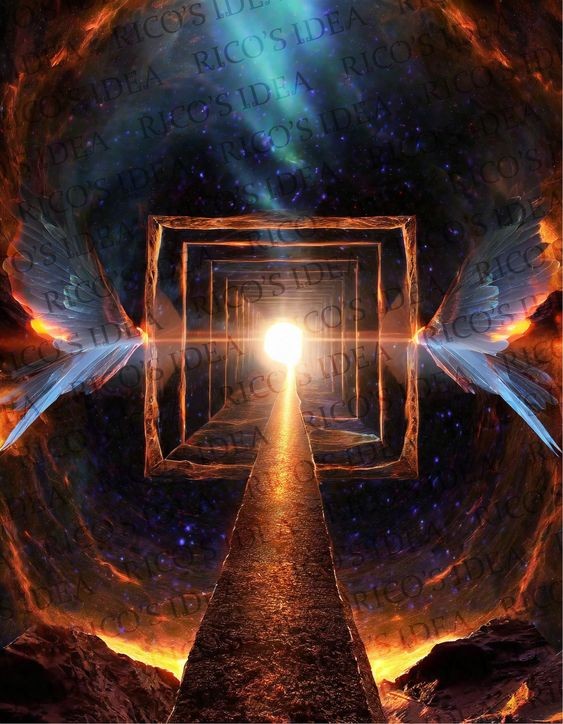Celestial Perspectives: A Glimpse into Planetary Views
The universe is a vast and mesmerizing expanse, and our solar system offers a spectacular array of celestial wonders. From the fiery red surface of Mars to the stunning ring system of Saturn, each planet presents its own unique beauty. In this article, we’ll take a captivating journey through some of the most breathtaking planetary views, offering insights into their stunning features and the science behind them.
1. Mars: The Red Planet
Mars, often called the "Red Planet," is renowned for its distinctive color, caused by iron oxide (rust) on its surface. This planet has intrigued scientists and dreamers alike with its striking landscapes and potential for past water activity.
Features to Admire:
Olympus Mons: The tallest volcano in the solar system, standing at about 13.6 miles high—nearly three times the height of Mount Everest.
Valles Marineris: A colossal canyon system that stretches over 2,500 miles long, 120 miles wide, and up to 7 miles deep.
Viewing Tips:
Telescope: Even a small telescope can reveal the polar ice caps and surface features of Mars. During opposition, when Mars is closest to Earth, its details are more visible.
2. Saturn: The Ringed Beauty
Saturn’s iconic ring system makes it one of the most visually striking planets. Composed mainly of ice particles with a smaller amount of rocky debris and dust, the rings create a mesmerizing display.
Features to Admire:
Rings: Saturn’s rings are divided into several main groups (A, B, C) with numerous gaps and divisions, including the famous Cassini Division.
Titan: Saturn’s largest moon, Titan, has a thick atmosphere and liquid lakes of methane and ethane on its surface.
Viewing Tips:
Telescope: A medium to high-power telescope will reveal Saturn’s rings in all their splendor. Even amateur astronomers can enjoy a clear view of this planet’s majestic rings.
3. Jupiter: The Gas Giant
Jupiter is the largest planet in our solar system, known for its Great Red Spot—a massive storm that has been raging for hundreds of years. Its dynamic atmosphere and numerous moons make it a fascinating object of study.
Features to Admire:
Great Red Spot: A giant storm system that’s about 1.3 times the diameter of Earth.
Galilean Moons: Io, Europa, Ganymede, and Callisto—Jupiter’s four largest moons, each with unique features like volcanic activity and ice-covered surfaces.
Viewing Tips:
Telescope: A good quality telescope will reveal Jupiter’s cloud bands and the Galilean moons. Binoculars can also offer a view of the four largest moons.
4. Venus: The Shining Star
Venus, often referred to as the "Evening Star" or "Morning Star," is the second planet from the Sun and one of the brightest objects in the night sky. Its thick atmosphere and extreme surface conditions make it a unique study.
Features to Admire:
Phases: Venus goes through phases similar to the Moon, which can be observed with binoculars or a telescope.
Clouds: The planet’s thick cloud cover reflects sunlight very effectively, giving Venus its bright appearance.
Viewing Tips:
Telescope or Binoculars: Observing Venus through a telescope or binoculars will reveal its phases and some atmospheric details.
5. Neptune: The Distant Giant
Neptune, the eighth planet from the Sun, is known for its deep blue color and intense storms. It is the furthest of the gas giants and presents a unique view due to its distance from Earth.
Features to Admire:
Great Dark Spot: Similar to Jupiter’s Great Red Spot, this is a massive storm system in Neptune’s atmosphere.
Neptune’s Moons: Triton, Neptune’s largest moon, has geysers that shoot nitrogen gas into space.
Viewing Tips:
Telescope: Due to its distance, Neptune requires a high-powered telescope to view clearly. Even then, it may appear as a tiny blue dot.
6. Uranus: The Tilted Planet
Uranus is unique due to its extreme axial tilt, which causes its poles to face the Sun. This results in unusual seasonal variations and an interesting view from Earth.
Features to Admire:
Ring System: Uranus has a faint ring system that is difficult to see but fascinating due to its alignment with the planet’s tilt.
Moons: The planet has 27 known moons, including Miranda, which has some of the most dramatic geological features in the solar system.
Viewing Tips:
Telescope: Uranus appears as a small blue-green disk in a telescope. Its ring system is challenging to view but can be detected with a high-powered telescope.
Conclusion
Exploring the planetary views of our solar system offers a glimpse into the incredible diversity and beauty of these celestial bodies. From the red dust of Mars to the brilliant rings of Saturn, each planet presents its own unique features and viewing experiences. Whether you’re using a telescope, binoculars, or simply gazing up at the night sky, taking the time to appreciate these planetary wonders can be a truly awe-inspiring experience. So, look up, explore, and let the celestial perspectives spark your curiosity and wonder about the universe!






